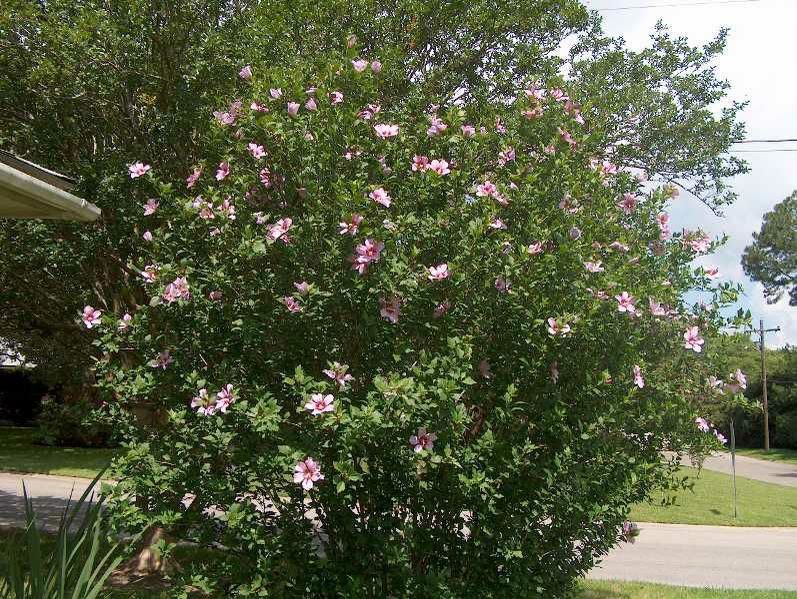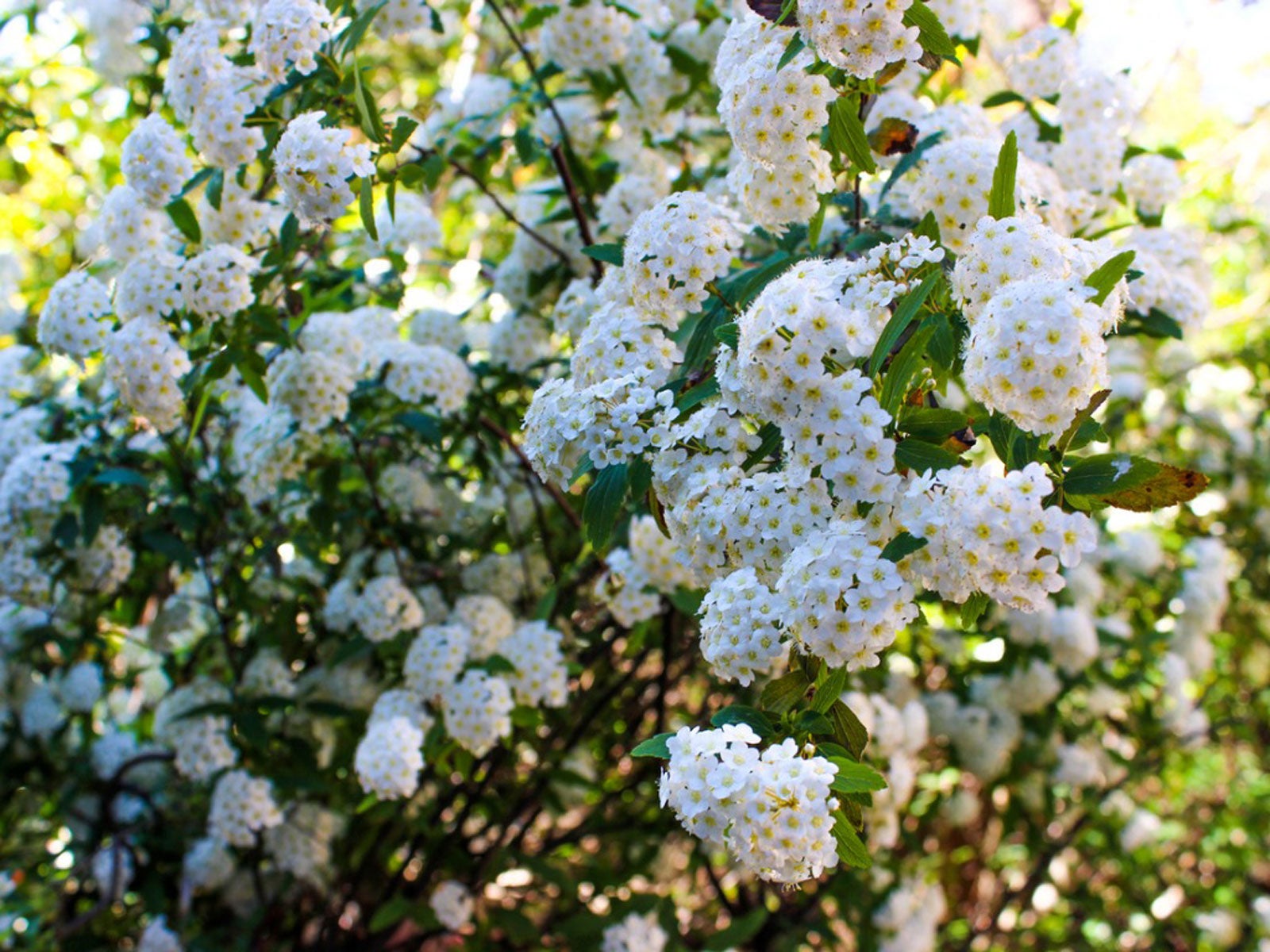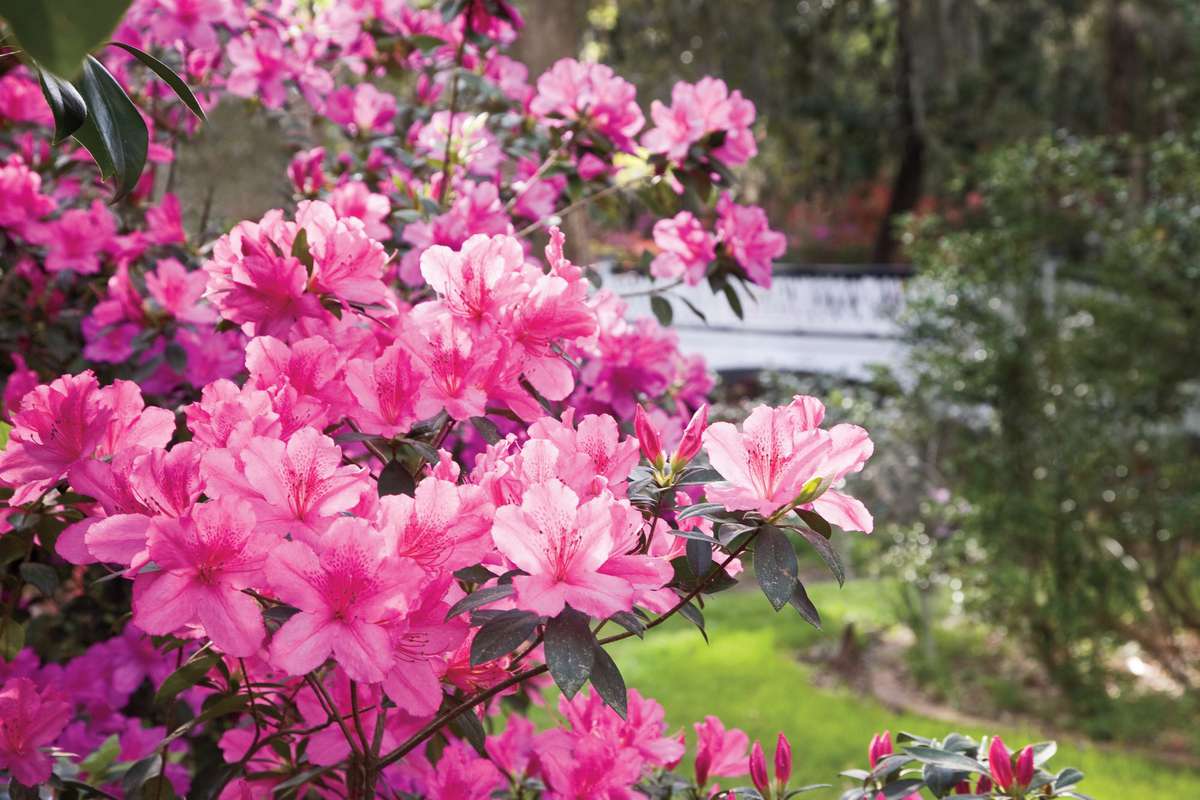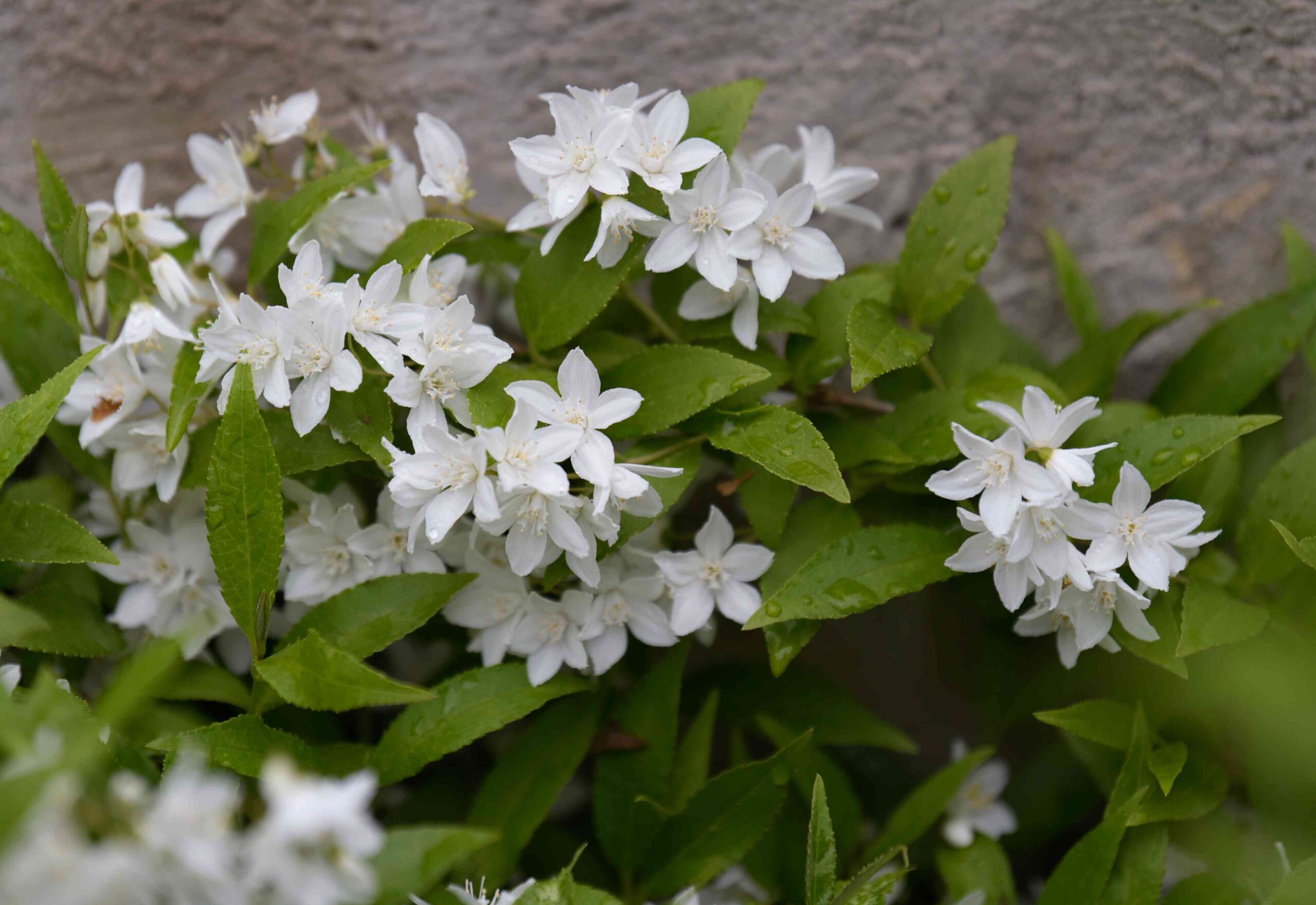Vinegar is a miracle cleaner and disinfectant. It can be used to clean many surfaces in the home, including kitchen counters and sinks, toilets, bathtubs and showers , windows and mirrors, as well as floors.
In this article, I’ll tell you how to easily make vinegar spray so you can start using it to clean your home. Let’s get right into it.
Making DIY All-Purpose Vinegar Spray
Making and using vinegar and water spray is so easy and cheap, you can almost do it with your eyes closed.

Image Credit: http://livesimply.me
All you need is:
A spray bottle (if it’s plastic go for the 1-litre size if it’s glass get one of 0.5 litres). The small 0.25 litre plastic bottles are also great because they are small enough for storage purposes yet large enough to use when cleaning larger areas.Vinegar. Plain, white distilled or apple cider vinegar will do fine here. You can also make your fruit-flavored vinegar by adding some juice from oranges, lemons, or apples to regular white distilled vinegar in a ratio of about 1 part fruit juice to 3 parts white wine vinegar. For each cup of fruit juice you use, add 1 tablespoon of sugar to the vinegar.
To make the spray:
Fill your spray bottle with white distilled or apple cider vinegar. If you’re using fruit-flavored vinegar, fill it halfway with that and halfway with white distilled vinegar.Fill the rest of the bottle with water.Shake well before each use.
That’s it. How easy was that? Now you’re ready to start cleaning your home with this powerful natural cleaner.
Important Tips To Keep In Mind
There are a few things to keep in mind when using your DIY all-purpose vinegar spray:
Using A Paper Towel
Using a paper towel will help to avoid streaks on surfaces like mirrors and windows. Just spray the vinegar mixture on the surface, wait a few minutes for it to work its magic, then wipe off with a paper towel.
Safety First.
Vinegar is a powerful cleaner, so always take precautions when using it. Never mix it with other cleaners (such as bleach) or use it near an open flame. Keep it away from children and pets, and never drink it.
Do Not Use On Marble Surfaces
Vinegar is very hard on marble surfaces so don’t use this cleaner if you have marble floors. This is especially true with marble kitchen countertops. Marble can be damaged by vinegar, so use this spray sparingly if you have marble surfaces in your home.
Using Lemon Juice In Place Of Vinegar
Lemon juice is a great replacement for vinegar in most cases when making DIY all-purpose cleaners. It has the same disinfecting properties as vinegar, but I find it’s less harsh on my hands and smells better too.
A good way to get rid of bad odors is to mix some lemon juice (room temperature) with baking soda until it forms a paste-like substance, then spread it over the areas that smell bad (such as fridge shelves or garbage bins). Let sit for 15-30 minutes before wiping with paper towels. This will help to remove the bad odor and also disinfect the surface.
Don’t Spray It Directly On Your Skin
If you do happen to get a bit of vinegar spray on your hands or skin, make sure to wash it off quickly with water. If you have sensitive skin, you may want to wear gloves while cleaning with this spray.
Using Baking Soda Along With A Vinegar Spray
While there are manyincredible uses for white vinegar, one of my favorites is using it in combination with baking soda. These two ingredients, when used together, can form an amazing all-purpose cleaner that’s great for tackling tough messes. Here are a few ways you can use them together:
To clean your oven, mix 1/2 cup vinegar with 1/4 cup baking soda. Spray the mixture on all surfaces of the oven and let sit for 30 minutes before wiping off.To clean countertops and kitchen surfaces, mix 1/2 cup vinegar with 1/4 cup baking soda in a spray bottle. Shake well before each use and spray on the surface. Let sit for a few minutes before wiping off with a paper towel or sponge.To remove water stains and mineral deposits, spray some vinegar and baking soda mixture on the surface and let it sit for a few minutes.Cleaning your painted cabinets properly with baking soda is a great way to remove stubborn dirt and grime. Just mix equal parts of vinegar and baking soda in a bowl, dip your brush in, and start scrubbing. Rinse off the brush when you’re done and give it a good shake to get rid of any excess water.
Using Essential Oils In Your Diy All-Purpose Spray
If you like to use natural cleaning products that not only disinfect but also leave behind a lovely scent, adding 5-10 drops of lavender or tea tree oil is an easy way to do this. Adding the essential oils will help mask any unpleasant odours from the vinegar while also ensuring that your home smells fresh and clean.

Image Credit: http://helloglow.co
As I mentioned earlier, lemon juice is another great replacement for vinegar (in most cases) when making DIY all-purpose cleaners because of its disinfecting properties and pleasant citrus smell. But feel free to experiment with different essential oils to find the scent that you like best. Just make sure that the oil is labelled as “pure” or “undiluted” so that it doesn’t contain any harmful chemicals.
Final Thoughts On DIY All-Purpose Vinegar Spray
In conclusion, this DIY all-purpose vinegar spray is a huge money saver and works just as well as most off-the-shelf cleaners. It doesn’t matter if it’s vodka or vinegar, if you can clean something with vodka then you can do the same with vinegar since they both have antiseptic properties.
Vinegar and vodka contain about 80% water so unless you want to spend $30 on a bottle of stuff with 60% alcohol content, I’d go for good old-fashioned distilled white vinegar that costs around $3-4 per gallon.
The best part about this whole procedure is also that after doing it once you no longer need to buy any cleaning products anymore because you now have an endless supply at your disposal every day for a very cheap price.
The post DIY All-Purpose Vinegar Spray appeared first on Kitchen Infinity.
Did you miss our previous article…
https://chefbuano.com/?p=1085








